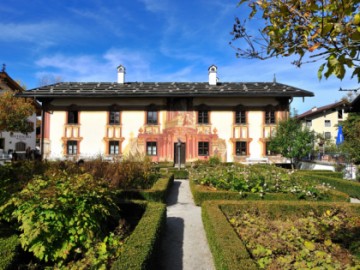Oberammergau, village from postcards
If you take a walk along the central street of Oberammergau, you’ll quickly understand that this spa is UNESCO protected. A small village surrounded by alpine meadows, with decorated houses, its own theatre festival seems like a set to a fairy tale film. It is very easy to find yourself in a fairy tale: it is closer than a two-hours ride from Munich…
Cafes, bars and restaurants in Oberammergau
See all
Restaurants
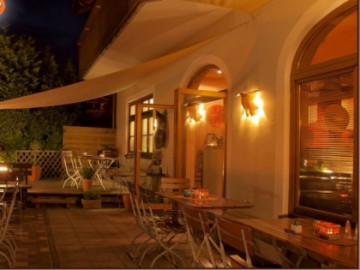
ElPuente Oberammergau
Restaurant
+49 8822 945777
Payment methods:
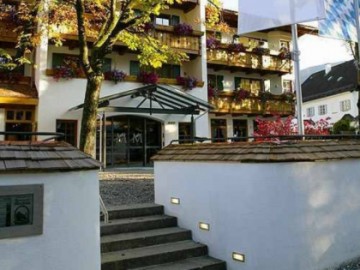
Maximilian
Restaurant • Brewery • Hotel • Catering
+49 8822 948740
Payment methods:

Al Castagno
Restaurant • Pizzeria
+49 8822 201456
Payment methods:
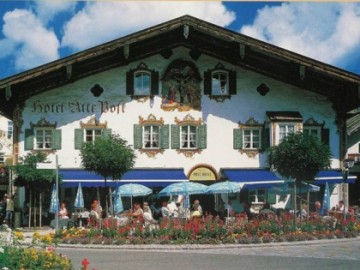
Alte Post
Hotel
+49 8822 9100
Payment methods:
All sights in OberammergauSee all
Landmarks in the city Oberammergau
Nearby
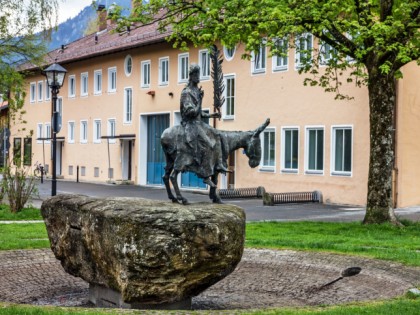

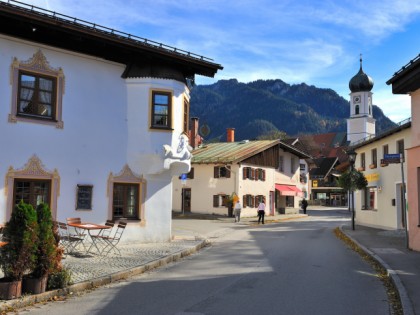








 Museums and Exhibitions
Museums and Exhibitions
 Architectural Monuments
Architectural Monuments
 Other places
Other places


